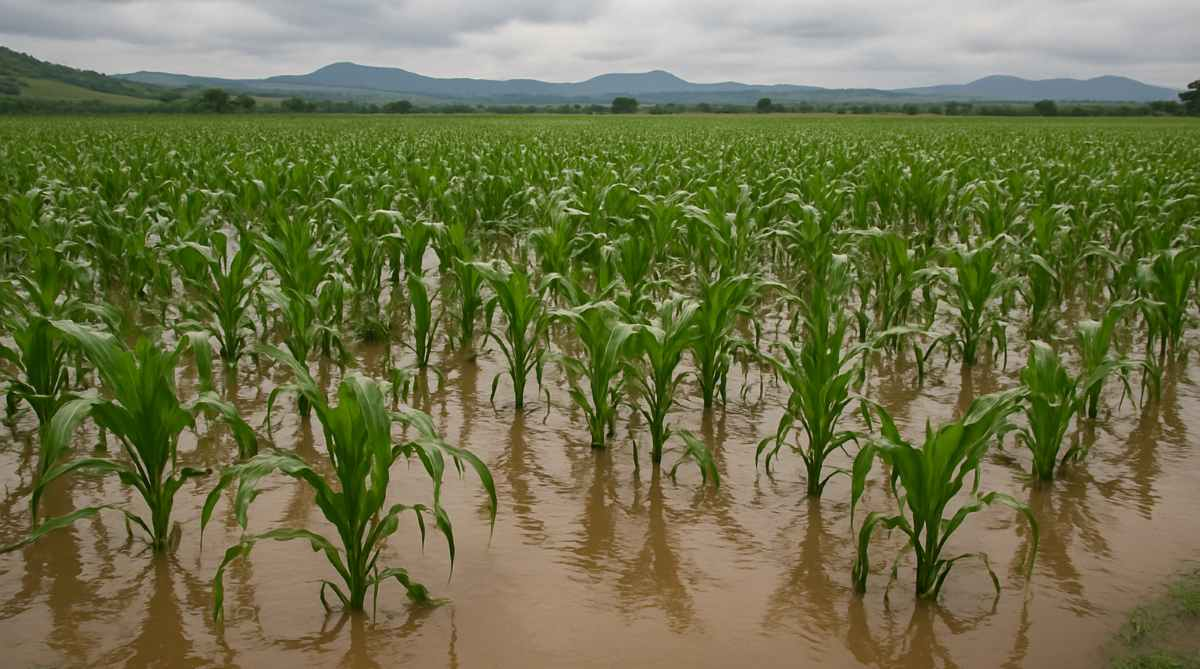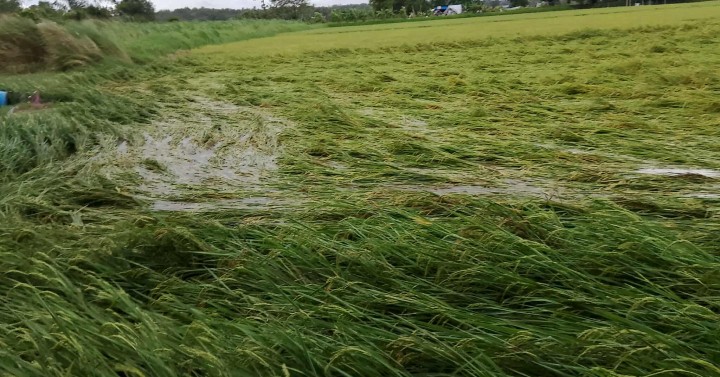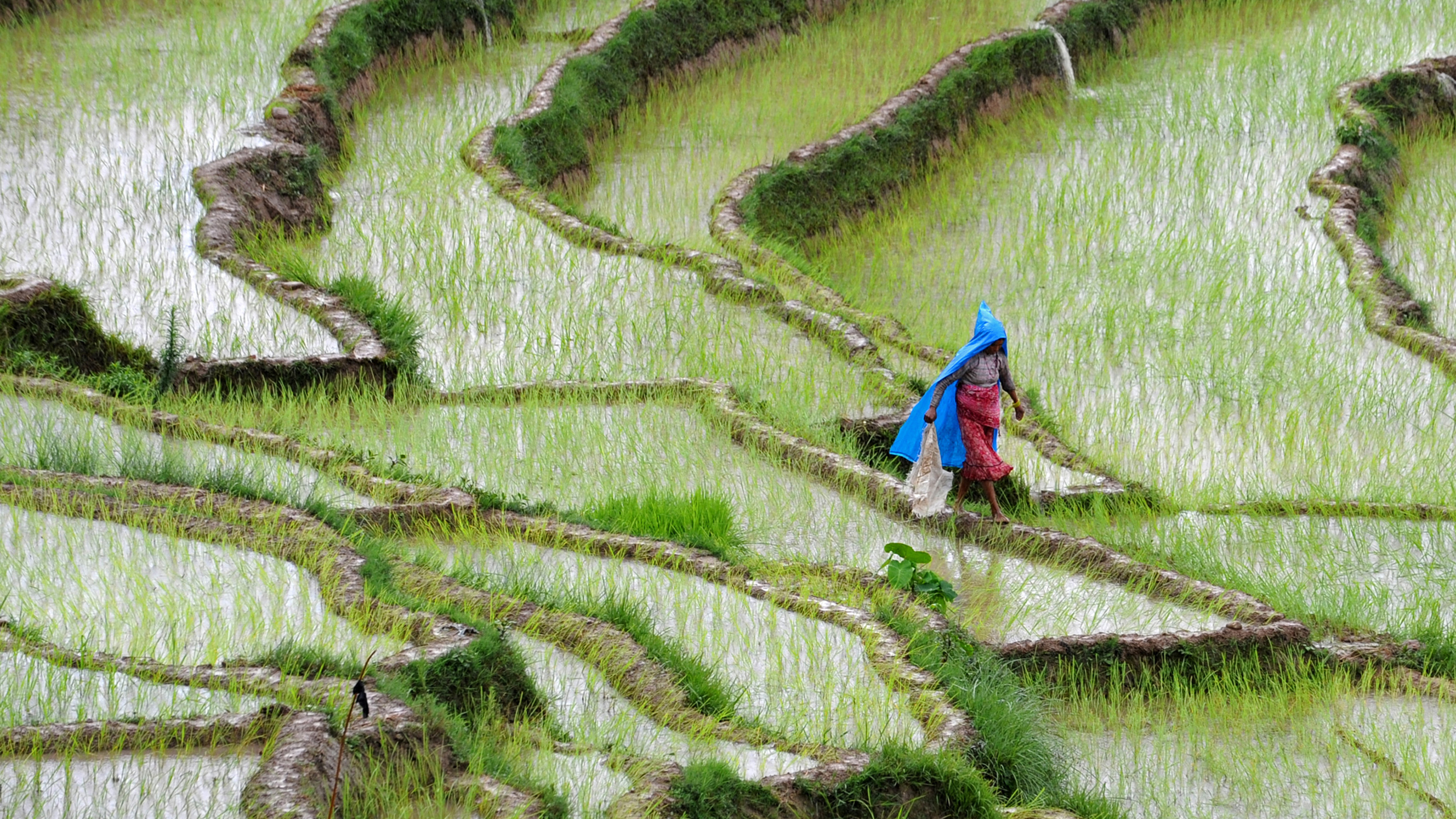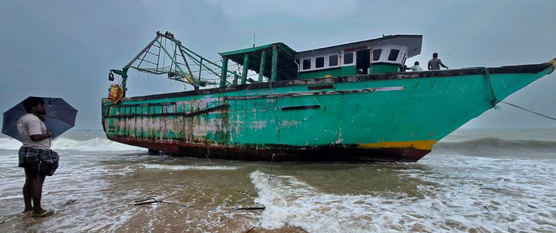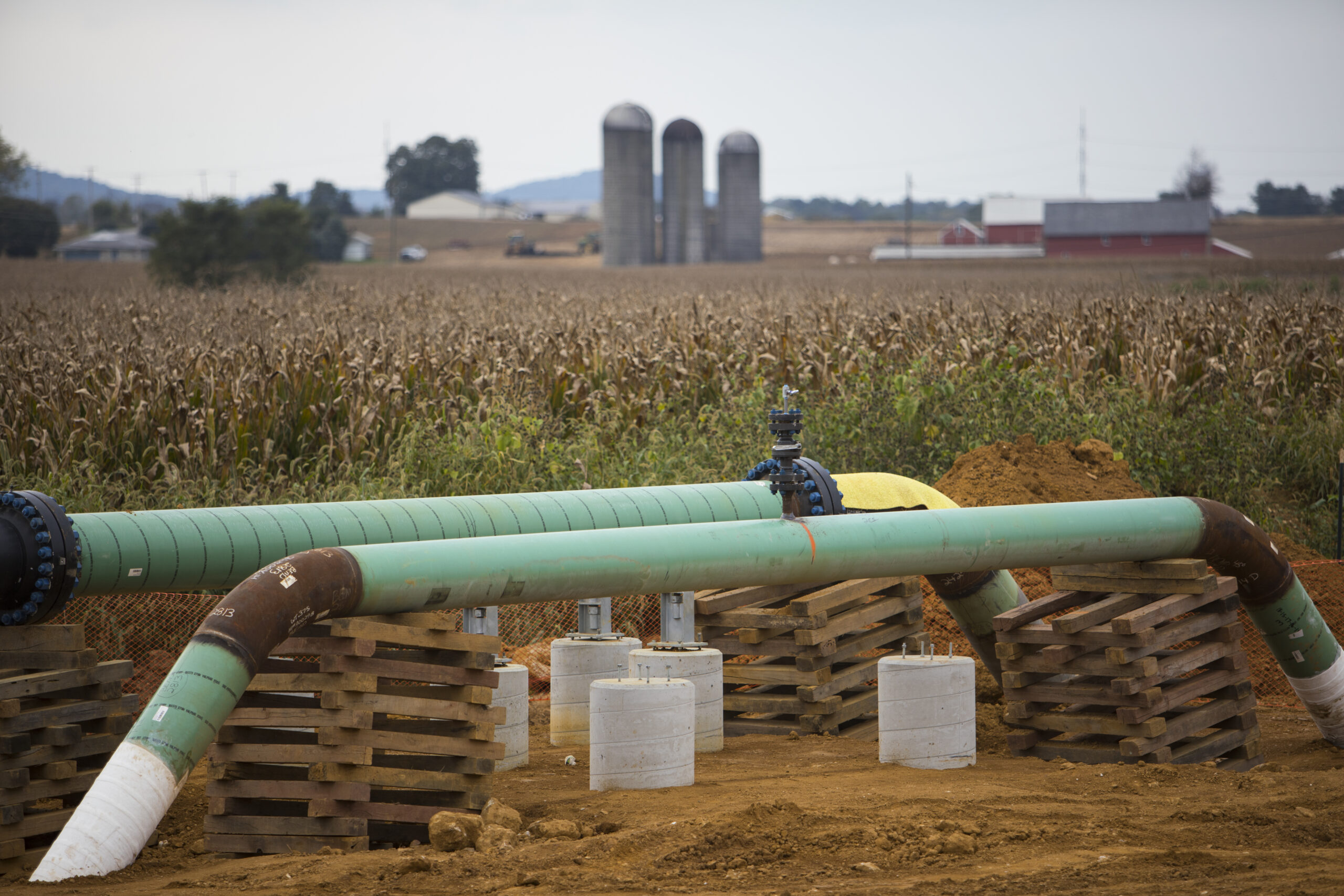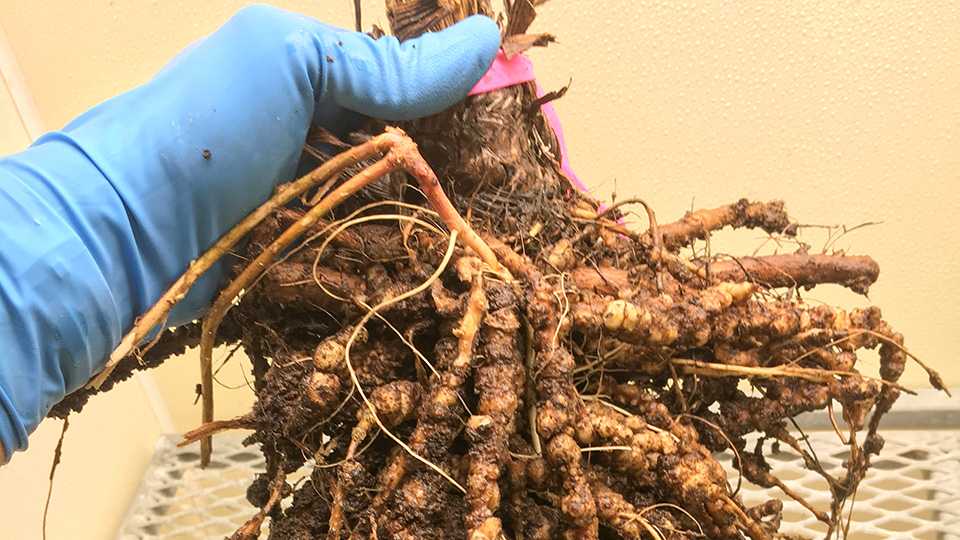Over the past fortnight, KwaZulu-Natal has endured relentless heavy rainfall and widespread flooding, with towns across the province reporting significant storm damage. Newcastle, in northern KwaZulu-Natal, has been one of the worst-affected areas, experiencing flash floods that swept through residential zones and informal settlements.
While municipal clean-up efforts and flood-prevention initiatives remain ongoing, the focus is increasingly shifting to the devastating impact on local agriculture, particularly maize and soya bean farming in the Newcastle area.
KwaZulu-Natal has been battered by relentless heavy rainfall and flooding over the past two weeks, leaving widespread damage across multiple towns. Newcastle has been among the hardest hit, with flash floods affecting residential neighbourhoods, informal settlements, and now the region’s agricultural sector.
As municipal clean-up and flood-prevention efforts continue, concern is rising over the impact on local maize and soya bean production.
Farmers across Newcastle and surrounding districts say the extreme weather has already destroyed large portions of newly planted crops, with fields either washed out or too waterlogged for germination. With the South African Weather Service (SAWS) forecasting above-normal rainfall for the entire 2025/26 summer season — driven by a developing weak La Niña — producers warn that the local grain industry faces a season of significant risk and financial pressure.
Earlier this year, Newcastillian News reported on SAWS’ October outlook, which highlighted rapid cooling in the Pacific Ocean, signalling the likely onset of La Niña. For South Africa’s summer-rainfall regions, including KwaZulu-Natal, this phase typically brings heavier rainfall, more frequent flooding, and prolonged cloudy conditions that hinder crop development.
SAWS urged both municipalities and farmers to strengthen flood-mitigation infrastructure, including improved drainage systems, soil conservation measures, and enhanced water-management practices. The forecaster also warned that without proactive preparation, KwaZulu-Natal faces elevated risks of flooding, injury, hypothermia and crop failure this summer. Producers were further encouraged to reinforce post-harvest storage facilities to protect yields from persistent moisture.
Speaking to Newcastillian News, Newcastle farmer Bertus Pretorius said the recent downpours have severely disrupted the planting season.
“The recent rains have played a big role in the area with newly planted crops washing away, and in other surrounding areas not a drop of rain. Farmers are still trying to plant and are finding it difficult,” Pretorius said.
“With the grain prices that have dropped this year significantly, it is a big worry for farmers. They are getting up to R1000 per ton less than last year on maize and R250 per ton less on soyas. The input costs keep rising at about 12% a year and are making it very difficult for farmers to stay afloat.”
Pretorius added that while farmers are accustomed to unpredictable weather, the combination of flooding, declining commodity prices and rising operational costs is placing unprecedented pressure on the sector.
“We know that we can’t control the weather and that predictions are a wetter year than last. All we have is our faith that there is a plan for us.”
Furthermore, Newcastle farmer Hendrik Jacobs shared a similar view. He recorded between 130 mm and 160 mm of rainfall between 28 October and 4 November 2025, followed by additional storms on 9 November.
“Farmers are currently battling to get onto their lands to plant. They are struggling because their farm lands were flooded and some had their crops washed away,” Jacobs explained. “Farms closer to Newcastle itself experienced much more extensive damage, and I know of a local farmer who lost almost his entire crop.”
Building on this, Jacobs added that even crops that were planted early have been compromised.
“I have to replant 130 acres of soy beans, as the crop that I planted earlier did not germinate due to the cool weather and persistent rain. Farmers need a combination of three things for their crops to grow properly: rain, sunlight and heat. Recently, we have had more than enough rain, but not enough sunlight and heat for the crops to grow properly.”
Adding to farmers’ troubles, trade constraints have added another layer of difficulty.
Strained South Africa–United States relations have restricted export channels, leaving many KwaZulu-Natal grain farmers with unsold maize and soya from the previous season.
“A lot of farmers now find themselves sitting with too much maize and soy that they cannot sell. I have a substantial amount of soy and maize left from last year that I cannot sell and this is impacting farmers heavily,” Jacobs said.
In response to rising climate volatility, farmers in the Newcastle region are now adopting new flood-resilient farming methods and crop-management strategies to safeguard future harvests. Jacobs noted that while urban residents may not feel the effects as sharply, the agricultural sector is facing the realities of climate shifts firsthand. “Global warming is happening and farmers are seeing it first-hand, and we now have to learn how to adapt to survive,” he said.
Moreover, the KwaZulu-Natal Department of Agriculture and Rural Development (DARD) has also raised concerns that worsening weather extremes — including flooding, deteriorating water infrastructure and damaged farm access roads — could further reduce plant-available nutrients in soil, affecting crop performance.
Meanwhile, SAWS has issued Level 2 and Level 4 warnings for large parts of KwaZulu-Natal, including Newcastle, between 14 and 17 November.
The alerts are linked to a cut-off low pressure system expected to bring more heavy rainfall, strong winds and localised flash flooding, posing additional threats to late-planted maize and soya crops.
On 10 November, the Department of Cooperative Governance and Traditional Affairs (CoGTA) confirmed that the National Disaster Management Centre (NDMC), together with provincial and municipal teams, has fully activated the national contingency plan for the 2025/26 summer season. This plan focuses on multiple hazards such as flooding, windstorms and intense rainfall, underscoring the seriousness of the current weather pattern.
Looking ahead, farmers across Newcastle face a season that will demand resilience, adaptation and a dash of good fortune. While government support and disaster management structures are in place, the immediate challenge rests on the ground — in fields that must establish quickly and withstand the continued cycle of heavy rain and storms. The coming weeks will determine whether local maize and soya crops can survive a season shaped by climate uncertainty.
Beyond the immediate agricultural concerns, the situation underscores the wider vulnerabilities facing the farming sector — from mounting climate pressures to shifting political dynamics. In the months ahead, more advanced, resilient farming practices will be central to reducing future losses. For Newcastle’s farmers, adaptation and constant vigilance remain essential to safeguarding both their livelihoods and the region’s food security as KwaZulu-Natal braces for a long, unsettled summer.
Source - https://newcastillian.com


